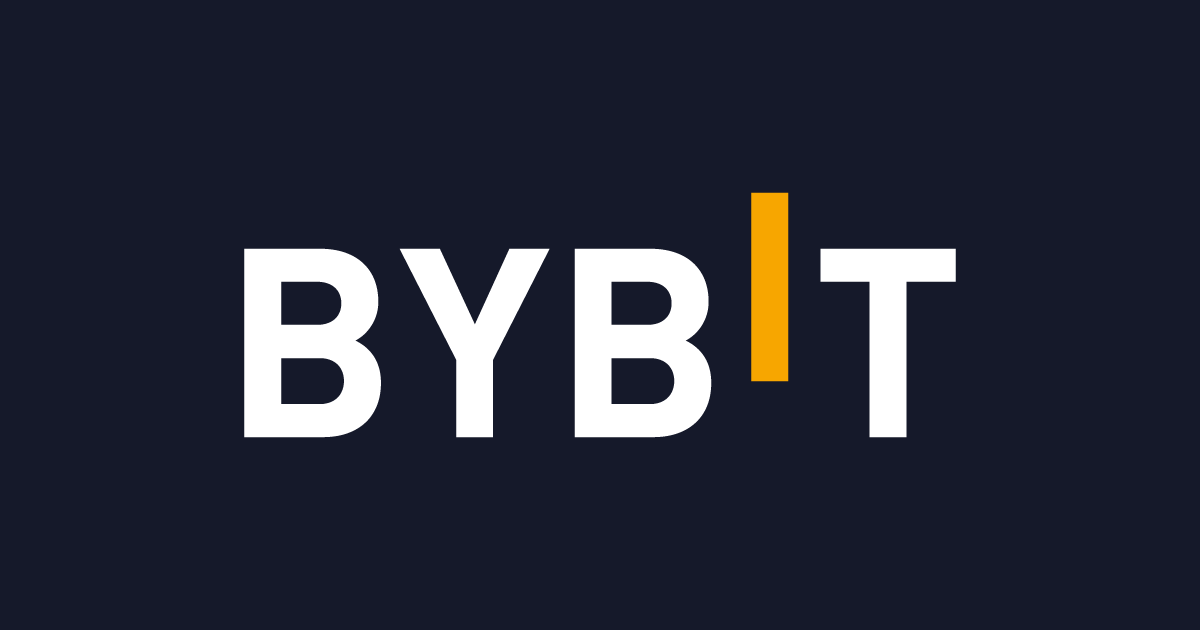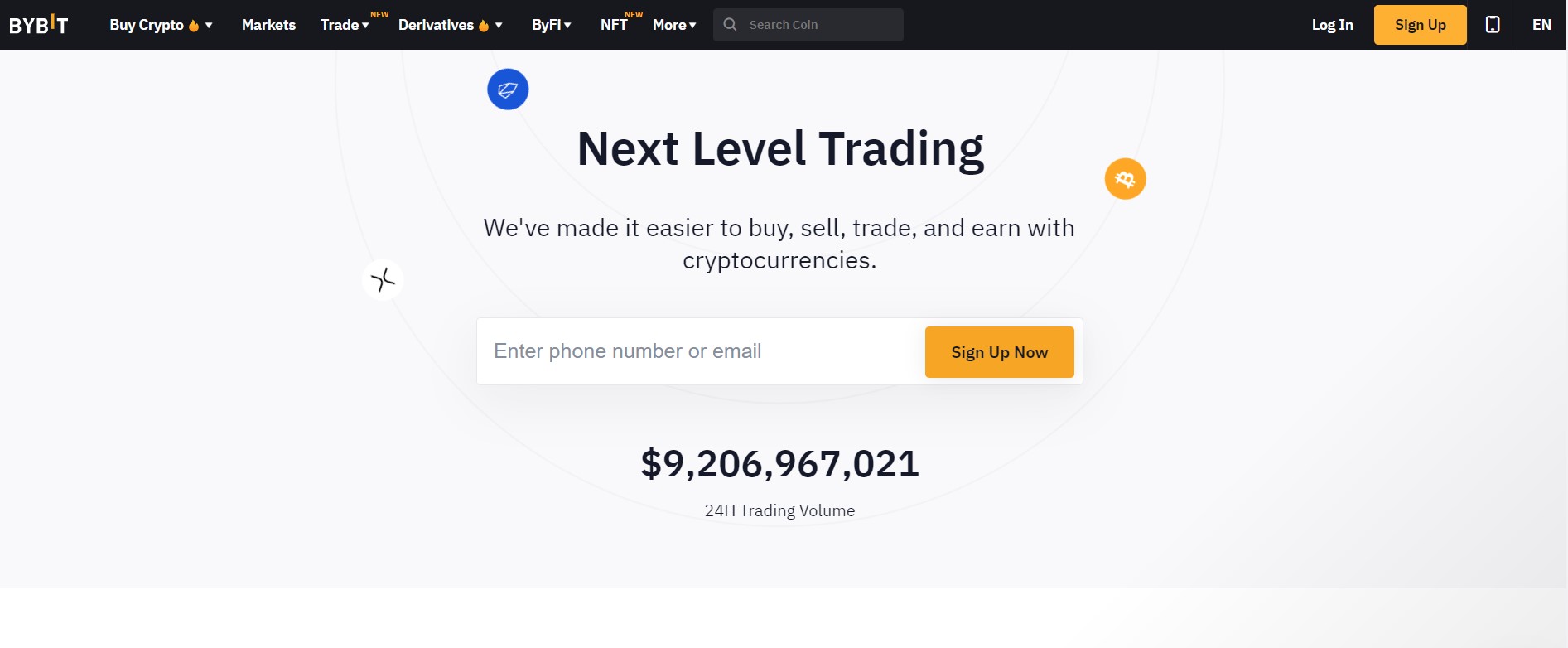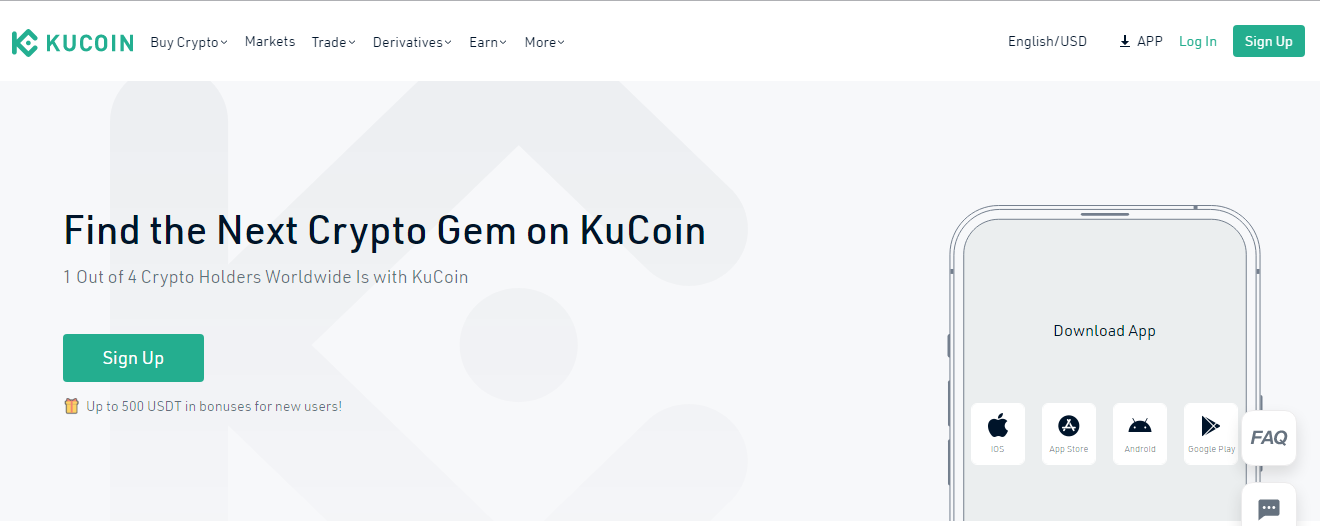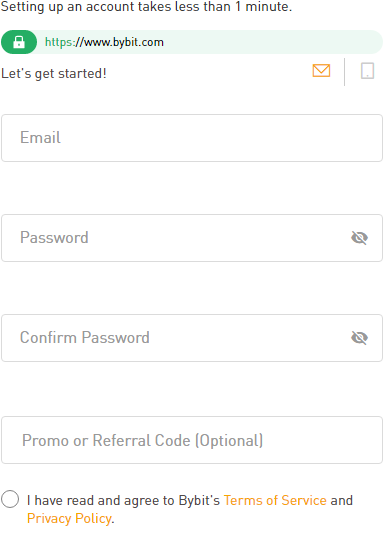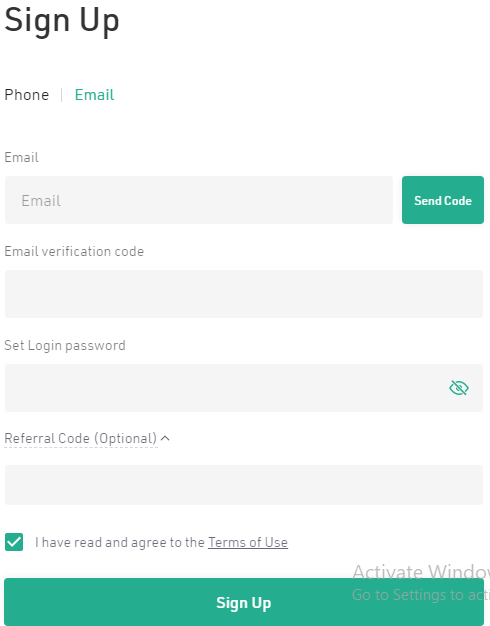Navigating the world of crypto exchanges to choose between Bybit and KuCoin?
In this in-depth analysis, I’ve dissected what Bybit and KuCoin offer to guide you toward the ideal choice.
Given their stellar reputations, the decision might seem challenging.
However, as of 2023, critical differences that might steer your choice have surfaced.
I’ll deep-dive into crucial parameters like trading functionalities, security protocols, customer service, and NFT trading, providing necessary insights for your decision-making process.
Let’s start so you can conclude the differences between Bybit and KuCoin and which of the exchanges aligns better with your needs.
This article can help you compare these two exchanges accurately by utilizing a thorough evaluation of feature-by-feature.
Here’s what this Bybit vs KuCoin comparison unveils.
Introduction: Bybit vs. KuCoin
Bybit was founded in 2018 and incorporated in the British Virgin Islands.
However, the company has other office locations in Hong Kong, Taiwan, and Singapore.
The Bybit platform offers a spot and Futures trading market where traders can buy and sell Inverse Perpetual contracts, USDT Perpetual, and Inverse Futures contracts.
It has a beautiful matching engine to ensure your trades are completed.
The daily trading volume in Bybit averages over $6.5 billion, and the platform is quite fast growing as it already has more than 3 million users.
Also, you can use ByBit’s referral code to enjoy a sign-up bonus.
KuCoin is a global crypto exchange platform that has been live since 2017.
The exchange was incorporated in Seychelles but now has office locations in other places like Singapore.
KuCoin offers a wide range of product offerings with a user-friendly interface, a large selection of coins, and trading pairs for spot and derivatives contracts with up to 100x leverage.
Also, it supports staking, crypto lending, advanced trading features, the ability to earn interest, and leveraged tokens to give traders more than enough options for making money.
The exchange has over 20 million users from at least 205 countries, making it one of the largest crypto platforms globally.
Bybit vs. KuCoin: Supported Cryptocurrencies
Any platform you choose should support all the crypto assets you prefer to trade.
Hence, the popular crypto offering should be one of the first factors to consider when picking between Bybit and KuCoin.
Here KuCoin seems to have the edge over Bybit and most other exchanges as they support more cryptocurrencies than most platforms, including altcoins.
Currently, the exchange offers more than 700 coins and tokens, many of which you cannot find on any other exchange.
Check this KuCoin-supported cryptocurrency list to understand the different assets you can trade on the KuCoin platform.
Bybit supports fewer coins and tokens than KuCoin however, traders still get access to at least 767 digital assets.
These assets include BTC, ETH, XRP, and LTC.
Also, they have other lesser-known ones, like the Oasis Network Coin and Solagenic Token, that still hold good potential.
ByBit Offer: Get upto $30,000 Bonus on your First Deposit using this link to sign up. |
Bybit vs. KuCoin: Trading, Deposit, and Withdrawal Fees
High trading fees can be nasty for your trade, especially for regular and experienced traders on the platform with several daily transactions.
As you choose between KuCoin and Bybit, you must acquaint yourself with the trading fees you must pay per trade.
Bybit fees are charged using the maker-and-taker model, where liquidity takers pay a higher fee than the liquidity makers, who pay low trading fees.
Bybit users will pay 0.1% in maker and taker fees for its spot exchange.
On average, fees on Bybit will be 0.06% in taker fees if they place an order that removes liquidity from the books.
A market maker can get a rebate of 0.01% for all margin trading, Perpetual, and Futures contracts that add liquidity.
Bybit does not charge any deposit fees.
A minimal withdrawal fee is used to pay for making the on-chain transaction and moving funds from one address to another.
KuCoin platform offers a tiered fee structure for its trading fees, where fees are also changed depending on a trader’s 30-day trading volume.
KuCoin charges fees for at least ten different tiers of traders.
The traders with the lowest volume on the exchange will pay 0.1% in maker and taker fees.
High-volume traders with a 30-day trade volume corresponding to the Pro 3 level will pay 0.005% and 0.02% in maker and taker fees, respectively.
KuCoin is similar to Bybit in that it does not charge for deposits and has a minimal fee for the on-chain transaction.
Bybit vs. KuCoin: Account Funding Methods
Bybit offers traders several account funding methods making it a popular choice and easier to start trading.
The platform accepts both fiat currencies and crypto deposits.
However, for fiat deposits, you must use third-party fiat gateways like Paxful, Banxa, Simplex, MoonPay, and Mercuryo.
If you are a trader on Bybit, you can easily fund your account using crypto deposits from another wallet.
The platform accepts crypto deposits for 17 coins, including BTC, ETH, USDT, BIT, DOT, LTC, XRP, and EOS.
KuCoin allows direct crypto deposits to your account from other wallets or any other exchanges on the market, which is the easiest way to fund the account.
Although it does not support direct fiat payments, you can deposit fiat through third-party apps.
Traders can pay through credit/debit cards, Google Pay, Apple Pay, and bank transfers making it an excellent option for new users.
Bybit vs KuCoin: Trading Bots
In the fast-paced and volatile world of cryptocurrency trading, automated trading through bots has become a crucial tool for many traders.
These bots, capable of executing trades based on predefined rules 24/7, have transformed the cryptocurrency trading landscape.
It allows traders to automate their trading strategies and stay active without constant monitoring.
Here, we compare the offerings of trading bots provided by Bybit and KuCoin, two notable exchanges in the industry.
Bybit Trading Bots
Bybit stands out with its integrated trading bot solution.
Recognizing the importance of automated trading in today’s crypto world, Bybit has directly incorporated its own Grid trading bot within the platform.
This bot is designed to perform multiple buying and selling actions, automating trades based on user-defined parameters and real-time market movements.
The Bybit bot also allows users to set and customize critical parameters, such as the price range, the number of placed orders, and the total investment amount.
This functionality empowers traders to tailor the bot’s actions according to their trading strategy, resulting in a more personalized trading experience.
One of the more impressive features of Bybit’s bot offering is the ability to run backtesting before deploying the bot.
This feature enables traders to evaluate the potential performance of their strategy based on historical data.
This makes it possible to make necessary adjustments to maximize potential gains and minimize potential risks.
This process can be done without coding skills, making it accessible to all traders, regardless of their technical expertise.
KuCoin Trading Bots
KuCoin offers its users access to built-in trading bots directly on its platform and the KuCoin app, bringing convenience and efficiency to its traders.
The users can choose between a DCA bot (Dollar-Cost Averaging) and a Grid bot, depending on their trading needs and strategies.
These bots are designed with user-friendliness, with customization options that allow traders to adapt the bot to their trading strategy.
KuCoin also stands out by providing pre-set strategies, particularly beneficial for beginners who might not yet have developed their own strategies.
This aspect of KuCoin’s trading bots makes it a more accessible and beginner-friendly platform.
Verdict: Bybit’s additional feature of backtesting provides a unique advantage. Thus, when comparing the trading bot offerings, Bybit appears to be the more comprehensive platform, providing more sophisticated tools.
Bybit vs KuCoin: Trading NFTs
Non-Fungible Tokens (NFTs) have exploded in popularity recently, becoming a significant aspect of the digital asset market.
These unique tokens represent ownership of a unique item or content stored on the blockchain.
Here, we will compare how you can buy and sell NFTs on Bybit and KuCoin.
Bybit NFT exchange offers its users the chance to join the NFT bandwagon, offering a marketplace for NFT trading.
Bybit is known to support a broad range of digital assets. Users can explore and trade various NFTs on the platform, including digital art, virtual real estate, and more.
Bybit is also out there to ensure a smooth trading experience, underpinned by its robust security measures.
KuCoin has also embraced the NFT revolution, and the exchange offers a platform for NFT trading.
KuCoin’s NFT Trading Bot allows users to trade popular NFTs and explore potential profits from this growing market.
The platform offers a variety of NFTs tied to digital art, music, virtual real estate, and more.
Bybit vs. KuCoin Liquidation Mechanism
Both Bybit and KuCoin are cryptocurrency exchanges that offer mechanisms to prevent the liquidation of traders’ positions.
However, in some cases, liquidation is inevitable, even considering the trades of experienced traders.
So, knowing the tool the exchange will use in case, you get it is essential. So let’s take a closer look.
Bybit uses partial liquidation to reduce maintenance margin requirements, reducing the risk of total liquidation.
This will help users by allowing them to add more collateral or close their positions without losing 100% of their capital.
For traders under the lowest liquidation risk, Bybit cancels all active orders to attain a maintenance margin for the live position.
If this does not work, the liquidation engines close the position at the bankruptcy price.
If the position is at medium or high liquidation risk, Bybit employs its insurance funds or ADL mechanism.
Insurance funds absorb some of the loss, while the ADL mechanism comes in when the insurance funds are insufficient to cover the loss.
KuCoin has a more straightforward liquidation mechanism than this.
When a KuCoin Futures position with 100x leverage is in danger of liquidation and gets to or below the maintenance margin, the forced liquidation is triggered when the position’s debt ratio gets below the 97% liquidation line.
When this happens, the liquidity provider mechanism takes over the position to liquidate it and pay the outstanding debts.
Opening Account & Account Limits
Bybit and KuCoin have specific limits for deposits and withdrawals that traders should know before opening and using the accounts.
This will make it easy for new users comparing Bybit and KuCoin to make an informed decision.
With Bybit, the deposit and withdrawal limits will vary depending on the coin and deposit method.
For example, when using MoonPay to deposit BTC, you can add a minimum of $30 worth of BTC and a maximum of $12,000.
The minimum withdrawal for BTC on Bybit is 0.001, and the maximum depends on your verification level.
KYC Level 1 can withdraw up to 1,000,000 USDT, while traders at Level 2 can withdraw 2,000,000 USDT daily.
KuCoin does not have maximum deposit limits, but your deposit method can restrict you to a specific amount.
Regarding withdrawals, it will also depend on your verification level.
Unverified traders can withdraw a maximum of 20,000 USDT, while those with verification level ‘Provided Basic Personal Info’ can withdraw up to 25,000 USDT daily.
ByBit Offer: Get upto $30,000 Bonus on your First Deposit using this link to sign up. |
How to Open A Bybit Account
- Go to https://www.bybit.com/ and click on “Sign Up”
- Fill in the form with your email, password, and referral code. (Get your Referral code from here)
- Agree to the Terms of Service and Privacy Policy
- Click the “Continue” button
- Check your email for the verification code and enter it to complete the registration.
How to Open KuCoin Account
- Go to https://www.kucoin.com/ and select the “Sign Up” button at the top right.
- Choose to Sign Up by phone or email
- Enter your email/phone number and click on send code
- Enter the email verification code
- Set your password
- Agree to Terms of Use
- Click “Sign Up” to complete the process
Bybit vs KuCoin: Ease of Use & Interface
Bybit provides unique features and extensive tools to aid traders when trading, but the tools and features are still quite intuitive, making the platform easy to navigate even for beginners.
Most of these tools are from third parties like TradingView, Coinalyze, and CoinGecko, but they are easy to integrate with their trading platform for an enhanced trading experience.
To get a detailed overview of ByBit trading in 2023, check out the ByBit tutorial.
KuCoin also offers both a web interface and a mobile app. Trading on both platforms is easy as everything on the interface is intuitive and self-explanatory.
However, some functions, like the Fast Pay button, can confuse beginner traders.
Therefore, if you are new to crypto trading, you can expect a steeper learning curve on KuCoin than Bybit.
Bybit vs KuCoin: Security Features
There have been several security issues on many crypto exchanges over the years, with some traders losing a lot of cash to hackers.
Traders must be careful when choosing a crypto exchange to avoid falling victim to hackers.
Bybit takes security seriously and uses some of the most advanced security features in the industry to protect users and their assets.
They enforce KYC verification for traders that want to use the platform without limits.
Also, they use IP whitelisting, conduct regular monitoring and audit of their systems, two-factor authentication, and keep the assets offline where they are out of reach for hackers.
KuCoin also uses a top-tier security system, which should explain why millions of traders worldwide trust their platform.
The exchange allows traders to secure their accounts by allowing users to set their 2FA preferences.
It uses highly advanced encryption and partners with third-party custodians to protect user assets on the platform.
Bybit vs. KuCoin: Customer Support
Any crypto exchange platform you choose should provide simple mechanisms for resolving your issues if you run into trouble when trading.
Bybit has a learning center full of articles and videos as well as a variety of external links that can be very helpful in resolving trader issues relating to margin and derivatives trading.
Also, they have and help center with more valuable answers for any queries you have.
When you need more direct help, you can fill out a form and wait for an email response.
Also, the platform has 24/7 multilingual support that ensures quick resolution of customer issues.
KuCoin does not offer live support, but like Bybit, they have a lot of helpful material on their help center that often answers most of the traders’ queries.
If your question is not answered satisfactorily, you can open a support ticket and wait for an email response.
-
Is Bybit a safe exchange?
Bybit has never been hacked, which indicates that it has a sound enough security system to keep trader assets safe.
By enforcing KYC verification, Bybit Exchange has successfully weeded out dishonest traders.
They also keep the assets offline in cold storage, eliminating the risk of traders losing anything.
-
Is KuCoin a safe exchange?
Overall, KuCoin is a safe exchange that uses multiple security features, from 2FA to KYC verification, to ensure traders and their assets will be secure on the platform.
Although the exchange was hacked in 2020, most funds were recovered and returned to customers. There has not been any other incident since then.
Conclusion
Bybit and KuCoin are two of the best crypto exchanges out there.
You can be sure of many opportunities to make money and maximum security regardless of which one you choose.
Bybit is the better of the two companies as it outperforms KuCoin in several aspects, such as security, trading fees, ease of use, and customer support.
Therefore, if you have to pick between the two, Bybit is better.
This article comprises facts and personal opinions and should not be considered investment advice.
Learn how Bybit and KuCoin stack up against the competition:

